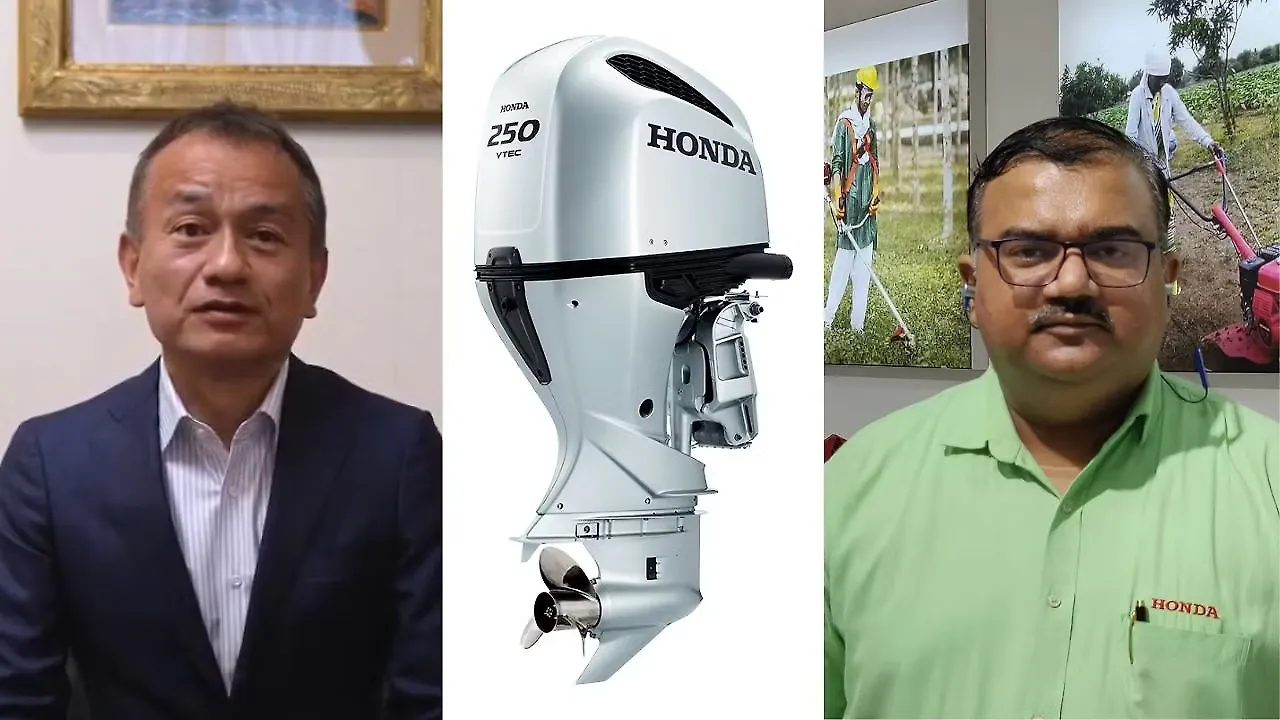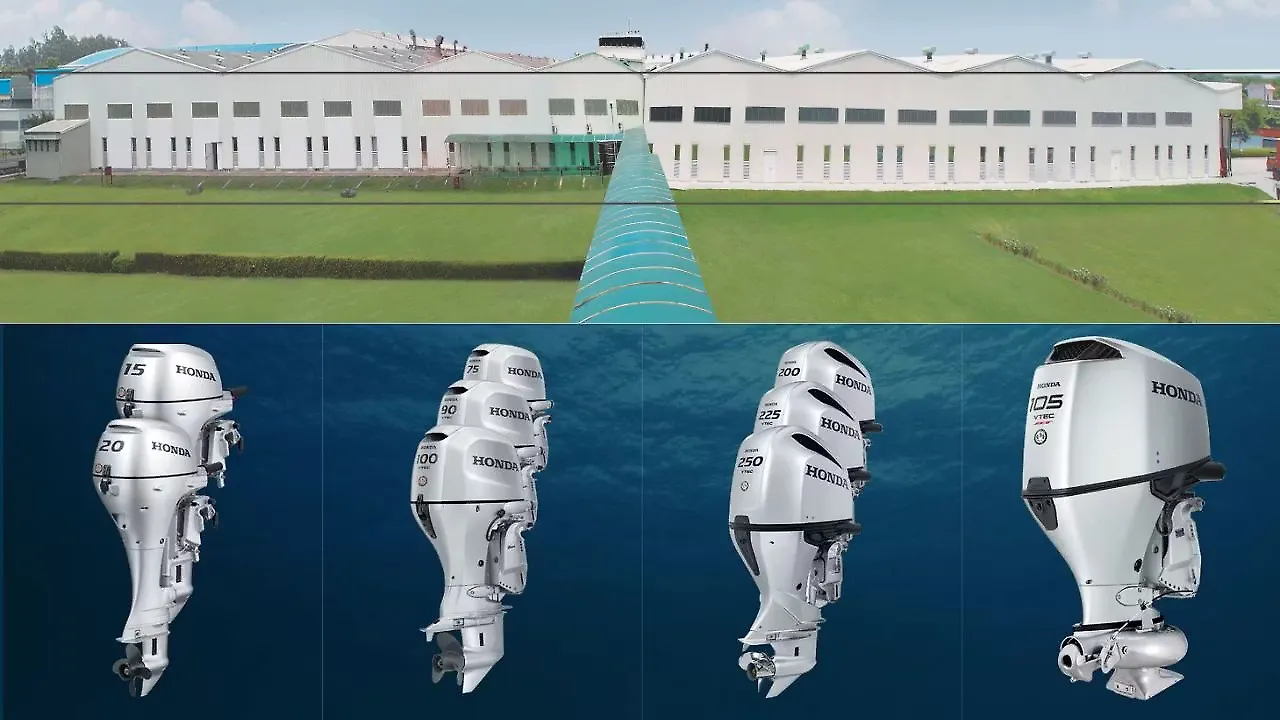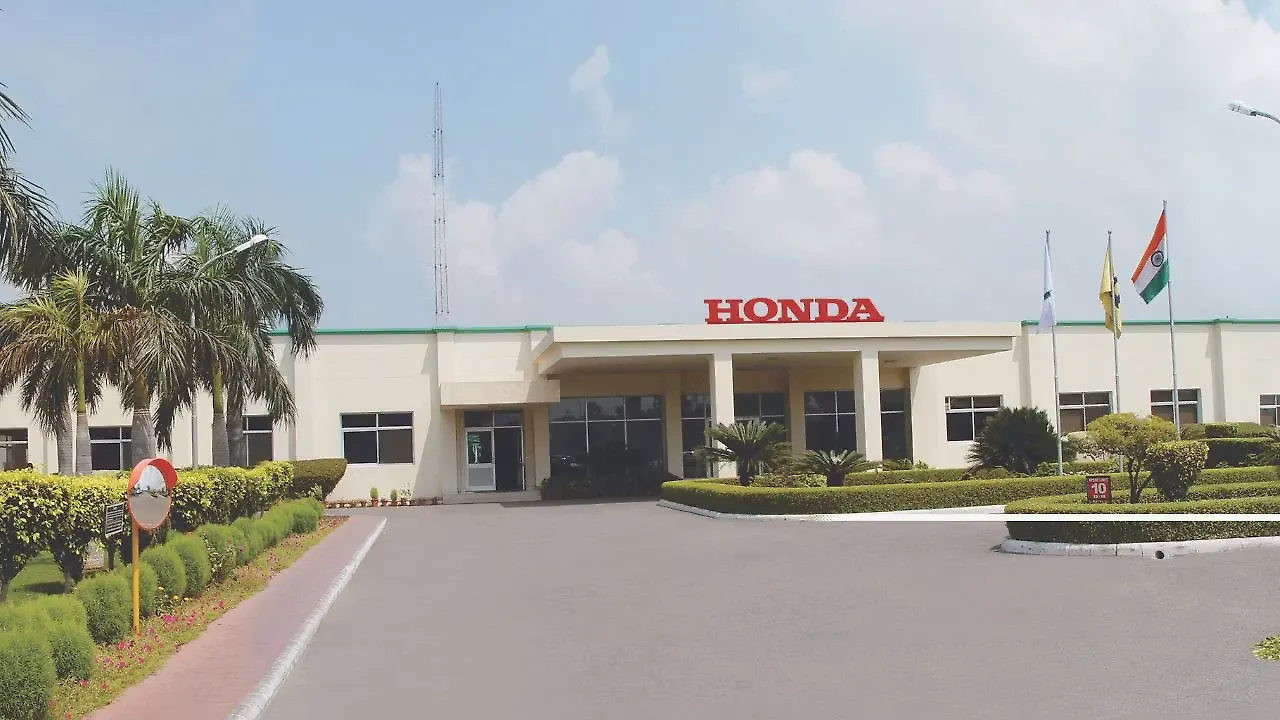
Mohit Kumar Singh is keen that this message spreads across to the entire dealership community of Honda India Power Products: “You have been selling on land and now you need to sell on the seas.”
The reference is to the company’s marine engine business which will now form an important mainstay of its India journey. Honda has been a relatively late entrant into this arena, which is dominated by fellow Japanese brands, Yamaha and Suzuki, and accounts for sales of nearly 10,000 engines in India annually.
The company already has over 600 dealers in its power products business that has been around for nearly four decades in generators and agriculture. As part of the effort “to help them warm up to marine”, Singh, General Manager – Product Planning, Honda India Power Products and his leadership team are drawing up a plan to get the dealership fraternity into the Andaman islands in April.
It was in this picturesque part of the country that Honda India Power Products recently unveiled its BF250 engine and Mobility Outlook was invited to be part of the event. The closest Indian landmass to the Andaman islands is Kolkata, which is over 1,000 kilometres away but this, oddly enough, is precisely in sync with the Honda strategy.
Andaman Foray
As Singh told this writer onboard a ship from Havelock to Port Blair, “Honda has had a similar success story in Pattaya, Thailand. Our thinking on the Andaman foray was that this location was far away from the mainland with a greater tilt towards mid and big marine engines.”
In the process, it would also bring to the fore the company’s skills in fuel efficiency and durability backed by service. “The idea is to offer outstanding service and exceed customer expectations. We saw that the Andaman islands offered a lot of opportunities,” he added.
The fact that Honda was taking this seriously was also borne out by the fact that Kosuke Sato, General Manager, Marine Business Division & Global Head, Honda Marine Business, made it a point to be present for the BF250 unveiling.
“This product is very good for India, which is a big country with huge opportunities for Honda. From my experiences in other parts of the world, I believe India will also grow into a very big market for our marine engines business,” he told Mobility Outlook.
According to Singh, Honda has been visiting the Andaman islands for nearly seven years now with its team carefully checking out different boats in Havelock and Port Blair. “We saw a lot of large variations in boats’ performance and it made us wonder why this existed despite similar boat hulls and engines. We then decided to put our own machines in these waters and check their use,” he said.

Due Diligence
After looking at various engine capacities, Honda zeroed in on the 60 hp and 90 hp engines, while putting out two each in Port Blair and Havelock in 2019. The company approached boat operators with these engines and asked them to share data while taking care of their service, fuel etc.
“Just before we put the engines in these boats, we compared these with rival companies’ engines in them. The comparisons showed that the outboard motors were not correctly matched with the boat size and that led to a lot of variation in performance,” elaborated Singh.
It was quite clear that the concept of matching engines with boats was non-existent in this area. Owners expected operators to deliver everything without taking into account that a host of other issues determined performance, right from installation of engines and drilling holes to the propeller size, etc.
As Singh said, choosing the right propeller is important since there is a lot of algae performance on the underside of the boat. This means that the hull needs to be cleaned to reduce water friction and improve performance. From Honda’s point of view, attention to detail was critical, especially when it meant offering the more expensive 250 hp engine, which is over INR 15 lakh.
Getting Started
The other challenge emanated from the fact that fuel quality was an issue in the Andaman islands as it was carried in drums on wooden boats making their way to Havelock. The Honda team found cases of water in the fuel due to handling and transporting the drums.
With all these facts in its data bank, the company then set about planning its marine engine foray carefully. The good news was that India offered huge potential in terms of harnessing waterways. The challenge, however, lay in the fact that Honda was a late entrant even while it had contemplated an earlier entry in 2011.
The company has always been a 4-stroke player from the start, while the Indian marine arena had both 2 and 4-stroke participants with the added complexity of kerosene and petrol mixed in the former engine. Most of the market was in fishing, which used small engines and 9.9 hp became the norm simply because most states subsidised marine engines under 10 hp.
“There was no science and fishing is an auction business because you need to get a good price. Fishermen wanted speed and put two 9.9 hp engines and loaded boats up with nearly five tonnes of fish. As long as subsidised kerosene was around, it made sense for them to continue this way,” said Singh.
Wooing Fishermen
Things have changed now and the kerosene subsidy is no longer around as fishermen now need to reckon with the reality of more expensive petrol. Honda is confident that its 4-stroke engine can offer them a good alternative except that there is a lot of hard work ahead in getting the message across.
“Fishing is essentially 2-stroke and now, after exiting the kerosene market, fishermen are feeling the pinch of expenses and are open to 4-strokes. Yet, they are worried about service which is understandable. We must address this concern with our products,” said Singh.
Yamaha and Suzuki are the leaders with 80% share of the 10,000-per-year marine engines market. “Our engine will literally take you places and the fuel efficiency is far superior to rival brands,” says Singh.
Almost 70% of the market is 2-stroke and it is in this balance 30% 4-stroke that Honda is targeting a 15% market share by 2025. The key is to fire on all cylinders, especially when this is such a hyper competitive business.
Fierce Rivals
“Yamaha is very aggressive and Honda needs to be like this too. We have to do a lot of things right and take the challenges head-on,” said Kosuke Sato candidly. According to him, the marine engine business is a “very small industry” with only five manufacturers: Yamaha, Suzuki, Honda, Tohatsu and Mercury.
“Personally, I think for this industry to grow and expand, we need to collaborate with each other and enhance certain areas. There is intense price competition among the players. When Honda competes by price, we are not very successful and we need to be differentiated as a brand in order to be relevant,” said Sato.
Honda’s marine business is nearly six decades old even while the more famous corporate brand came into being a lot earlier in 1948. During these years, the company has launched an array of top-selling cars and two-wheelers with its unique Honda DNA that has made a huge impact across the world.
“We have launched unique products over the decades and customers can identify Honda, which is our strength. Even in the marine industry, people should say the same thing and we need to have something differentiated which will distinguish us from rivals,” said Sato.

Building Trust
According to Singh, the BF250 is an inflection point for the Japanese brand because “given the cost of the engine, nobody is going to trust me right away”. The confidence will only come with experience and here is where the after-sales and service will play a big role.
“Last year, when we set up shop here, trust levels began building up seeing the team,” he added. Beyond the Andaman islands, the company is now eyeing opportunities in Gujarat, Goa, Kerala and Puducherry.
“We would like our engines to appeal to all segments: fishing, tourism, coastguard and maritime security. We will have to build our network and customers must experience this product for themselves,” said Singh. Dealership investments are expected to be nominal at INR 10-20 lakh and Honda will be hoping that the network grows in the coming years.
Going Electric
The engines are imported and range all the way from 6 hp to 250 hp. If the India script goes well, headquarters in Japan will be inclined to increase the goodies in the basket by way of higher displacement engines.
Interestingly, electric could also become a reality in smaller marine engines. As Sato said, the US is a big market for Honda and it is that the marine engine could embrace electric first. “California, in particular, could have regulations where they cannot use the outboard engine but an electric motor,” he added.
However, all this will not happen for a large part of this decade even while Honda has “been preparing the development of small electric motors” for the marine industry. Right now, it is still work-in-progress at the company’s Saitama R&D centre in Japan.
By the end of the day, even as emissions continue to be an area of concern for the auto industry, the seas also need to be protected especially in these challenging times of global warming. Humanity just cannot afford to be complacent in this department.
Also Read: